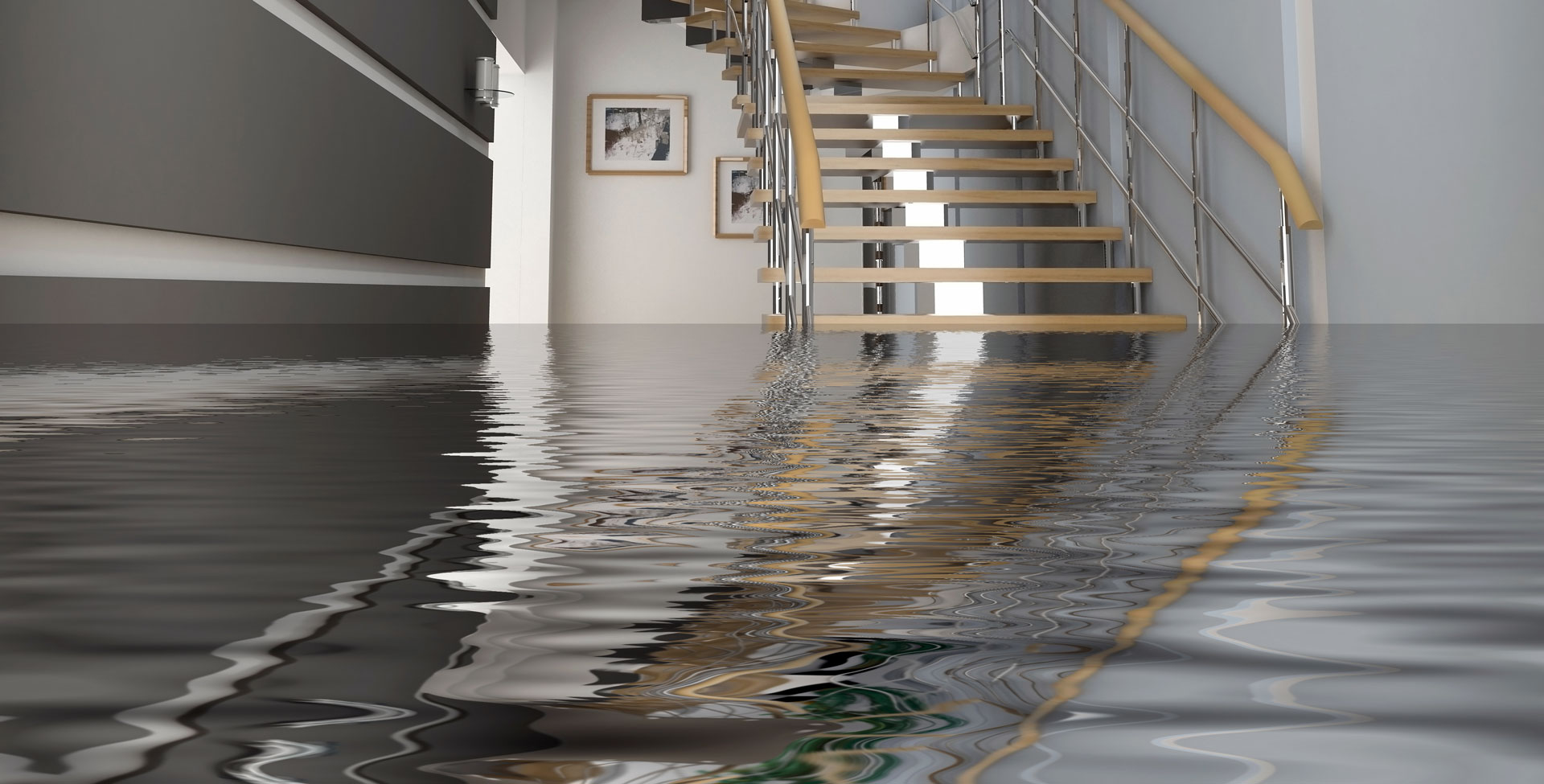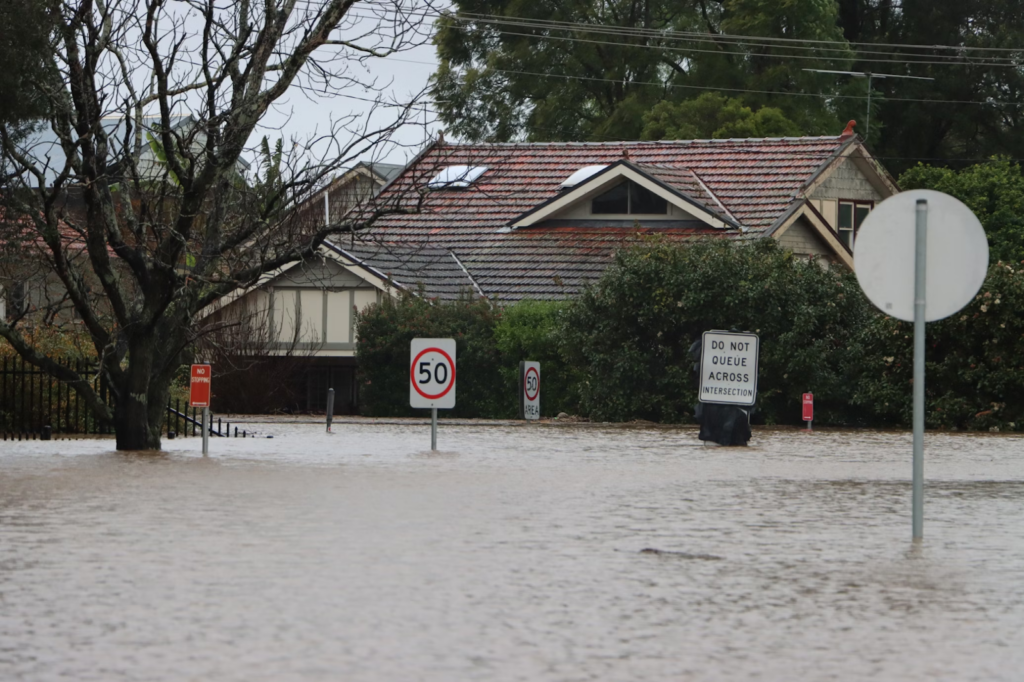Water damage can happen quickly and lead to extensive destruction if left untreated. Water intrusions require swift action to mitigate losses and health hazards from burst pipes to rain and flooding disasters. With the right approach, homes and properties can bounce back better.
What is Water Damage Restoration?
Fast water damage restoration involves taking immediate action after any water emergency to save belongings, prevent structural issues, and inhibit mold growth. Trained technicians use industry-standard methods to dry out affected areas, clean contaminants, and repair damage. The goal is to restore safety and function while minimizing long-term effects quickly.
Why is Water Damage Restoration Important?

Neglecting water restoration leads to exponential damage over time. The most significant risks include:
Structural Weakness
Wet building materials like wood can warp and crack. Drywall soaks up water like a sponge, becoming heavy and compromised. These structural issues only compound if addressed slowly.
Rampant Mold Growth
Excess moisture allows mold colonies to spread rapidly across surfaces. This introduces new health dangers, especially toxic black mold. Respiratory issues, infections, and mycotoxin poisoning are possible.
Short-Circuit and Safety Hazards
Wet electrical systems pose electrocution and fire risks. Gas leaks also develop easily. Standing water can further create slippery conditions. Any water issue should be handled as an emergency.
Collapsing Foundations
Soil saturation under foundations leads to destabilization and collapse. Water also rusts structural rebar and erodes concrete over time. Catching leaks early is key for prevention.
Loss of Valuables
Ruined furniture, flooring materials, drywall, and personal items can cost a lot without swift drying. Longer drying also makes these belongings unlikely to be restored.
Bacterial Contamination
Sewage and flood waters contain dangerous viruses, bacteria, and parasites. Exposure can cause severe gastrointestinal disease, skin infections, and other illnesses.
Benefits of Professional Restoration
With so much on the line after water damage, professional services offer major benefits:
Efficiency and Drying Expertise
Technicians use commercial fans, dehumidifiers, and other specialty gear to rapidly halt moisture spread. Their drying knowledge minimizes structural issues and health risks.
Saving on Costs
Although professional restoration requires an upfront expense, it often costs less in the long term by preventing cascading destruction. Minor issues stay minor with fast response.
Proper Structural Repairs
Qualified technicians properly remediate foundation problems, construction defects, and material replacements where needed. This prevents future recurrence of issues.
Containment Expertise
Companies that specialize in water removal use proper containment techniques during transport. This keeps surrounding areas protected and clean.
Health Risk Handling
Removing contaminated materials requires biohazard training to avoid sickness. Professionals keep sites quarantined and hygienic.
Latest Tools and Methods
With constantly advancing equipment and chemistry, modern water removal practices most effectively restore damage. DIY struggles to match results.
Peace of Mind
Hiring experts allows people to focus on salvaging belongings and managing insurance claims rather than tackling disasters solo.
Understanding Water Damage

Water damage types and behavior dictate restoration approaches. Categories include:
Types of Water Damage
Water damage is categorized into several categories based on contamination levels. The source and nature of the water determine health risks, necessary precautions, and remediation methods. Common types include clean, gray, and black water events.
Clean Water
This includes broken supply lines and appliance leaks. If quickly addressed, the damage potential is low since clean water contains no contaminants. However, longstanding clean water still ruins materials and nurtures mold.
Gray Water
Lightly contaminated sources like washing machine outflows, flooded bathrooms, and rainwater fall under this category. Gray water carries some microbes and therefore necessitates disinfecting.
Black Water
Backflows from sewage pipes or overflows from flooded septic tanks qualify as black water. It carries dangerous pathogens and requires hazmat-style removal. This category poses the greatest health threat if not handled properly.
Factors Affecting Restoration
Several variables beyond water type influence home restoration
efficacy. These include:
Extent of Damage
The area of a home soaked and material absorption levels determine drying needs. For example, an inch of flooded concrete dries faster than wall-to-wall soaked carpeting. Severity also affects repair costs.
Source of Water
A broken appliance, leaky roof, busted aquarium, flooded river, and backed-up toilet all require varying responses. Understanding water’s origin points technicians toward solutions.
Building Materials
Wood, masonry, carpet, drywall, insulation, furnishings, and electrics also handle moisture differently. Drying times and repair tactics depend on on-site construction. Some materials withstand water better than others.
The Water Damage Restoration Process
Professional water removal involves a multi-phase process tailored case-by-case but generally includes:
Step 1: Emergency Response and Assessment
Teams quickly contain water spread and supply redundancy for vital utilities if compromised. Technicians categorize water types and inventory areas for treatment scaling. Moisture maps outline drying equipment placement.
Step 2: Water Removal and Extraction
Workers use vacuums and pumps to extract standing water and remove saturated materials that are not salvageable. Structural cavities are also drained. Proper waste disposal follows hazmat protocols.
Step 3: Drying and Dehumidification
Powerful commercial dehumidifiers and air movers generate airflow while directing heat. These industrial-capacity systems rapidly dry structural cavities and permeated materials. Fans circulate air and equipment repositions to cover whole sites.
Step 4: Cleaning and Sanitation
Contaminated surfaces are disinfected using antimicrobial wipes, atomized disinfectant sprays, and other methods. Workers wear protective equipment during hazardous contaminant removal, and air scrubbers filter particulates.
Step 5: Restoration and Reconstruction
Technicians make repairs wherever structural integrity or function suffered damage. This may involve supports, insulation, drywall, floors, and other custom rebuilding. Skilled craftsmanship aims to restore sites to pre-incident states.
6 Factors to Consider When Choosing a Water Damage Restoration Company
Selecting a qualified water damage repair company helps ensure projects regain long-term integrity and safety. Key criteria include:
- Industry Certifications—Many associations, like the Restoration Industry Association, vet company practices. IICRC, or the Institute of Inspection, Cleaning, and Restoration Certification credentialing, also confirms technical expertise.
- Reputability – Seek locally well-reviewed contractors with glowing recommendation histories denoting experience and results—Cross-check ratings on Google, Facebook, Yelp, and elsewhere.
- Rapid Response—Timeliness is critical to reducing water exposure and collateral destruction. Ask about average emergency arrival durations and scaling capacity for large-loss incidents.
- Effective Drying Technology – State-of-the-art detection gear, commercial dehumidifiers and air movers minimize drying times. Look for modern equipment investments when choosing teams.
- Full-Service Offerings—Comprehensive site handling, including assessments, structured drying, contaminant removal, repairs, and hazard containment, ensures smooth, start-to-finish restoration.
- Attentive Communication—Responding to questions and progress updates during projects helps ensure issues are solved promptly and appropriately. Good partners stay transparent.
Conclusion
Recovering fully from any degree of water damage requires a diligent response and proper remediation planning. Keeping repair processes efficient, structures intact, and health risks contained means partnering with trained specialists who can act decisively in emergencies. With flooding and leaks an inevitability, finding trustworthy restoration help prepares homes and businesses to bounce back when the worst occurs.






